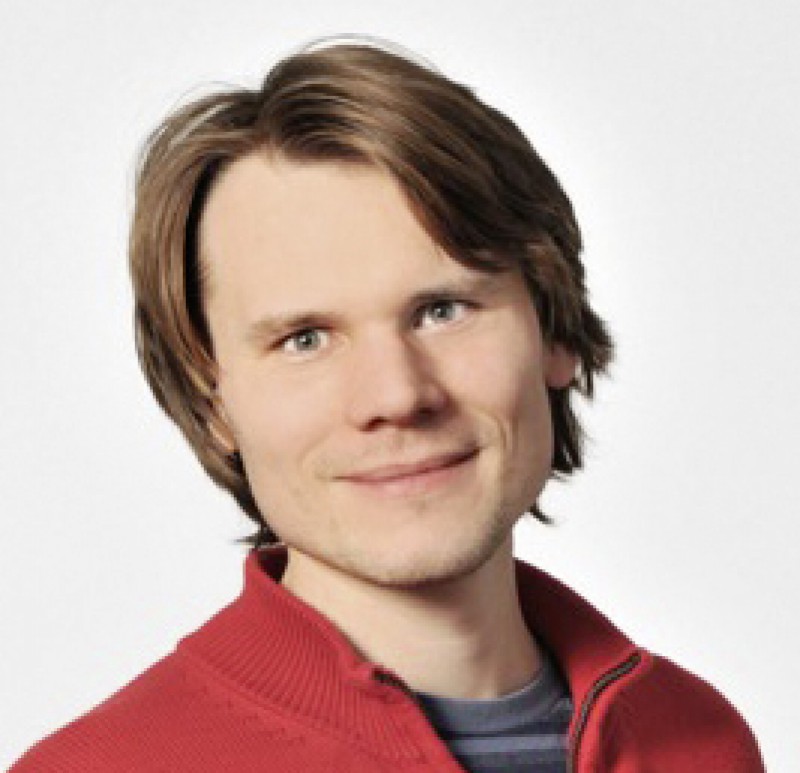KLI Colloquia are invited research talks of about an hour followed by 30 min discussion. The talks are held in English, open to the public, and offered in hybrid format.
Fall-Winter 2025-2026 KLI Colloquium Series
Join Zoom Meeting
https://us02web.zoom.us/j/5881861923?omn=85945744831
Meeting ID: 588 186 1923
25 Sept 2025 (Thurs) 3-4:30 PM CET
A Dynamic Canvas Model of Butterfly and Moth Color Patterns
Richard Gawne (Nevada State Museum)
14 Oct 2025 (Tues) 3-4:30 PM CET
Vienna, the Laboratory of Modernity
Richard Cockett (The Economist)
23 Oct 2025 (Thurs) 3-4:30 PM CET
How Darwinian is Darwinian Enough? The Case of Evolution and the Origins of Life
Ludo Schoenmakers (KLI)
6 Nov (Thurs) 3-4:30 PM CET
Common Knowledge Considered as Cause and Effect of Behavioral Modernity
Ronald Planer (University of Wollongong)
20 Nov (Thurs) 3-4:30 PM CET
Rates of Evolution, Time Scaling, and the Decoupling of Micro- and Macroevolution
Thomas Hansen (University of Oslo)
4 Dec (Thurs) 3-4:30 PM CET
Chance, Necessity, and the Evolution of Evolvability
Cristina Villegas (KLI)
8 Jan 2026 (Thurs) 3-4:30 PM CET
Embodied Rationality: Normative and Evolutionary Foundations
Enrico Petracca (KLI)
15 Jan 2026 (Thurs) 3-4:30 PM CET
On Experimental Models of Developmental Plasticity and Evolutionary Novelty
Patricia Beldade (Lisbon University)
29 Jan 2026 (Thurs) 3-4:30 PM CET
Jan Baedke (Ruhr University Bochum)
Event Details

Topic description:
In this talk, I will briefly introduce the framework of information theory as applied to biological signaling networks. Known under the name of “efficient coding”, this framework has been able to quantitatively explain various (nontrivial) properties of neural processing from first principles. In this regard, applications of efficient coding represent true “ab initio” predictions, rather than fits of specific mathematical models to data. I will then present our attempts to build a similarly predictive theory for genetic regulatory networks, along with a specific application to the gap gene network in the fruit fly. I will conclude with a few thoughts on why information transmission through signaling networks might be implicitly selected for during evolutionary adaptation.
Biographical note:
Gasper Tkacik joined IST Austria in 2011 as an Assistant Professor. Previously, he was a postdoc with Vijay Balasubramanian and Phil Nelson at University of Pennsylvania, working on the theory of neural coding and specifically exploring population coding and adaptation in the retina. He finished his PhD in Physics at Princeton with Bill Bialek and Curt Callan in 2007, studying how biological networks can reliably transmit and process information in the presence of intrinsic noise and corrupted signals. He is broadly interested in uncovering general principles that underlie efficient biological computation. He works both on data-driven and purely theoretical problems, and combines approaches from statistical physics, information theory, and machine learning.


